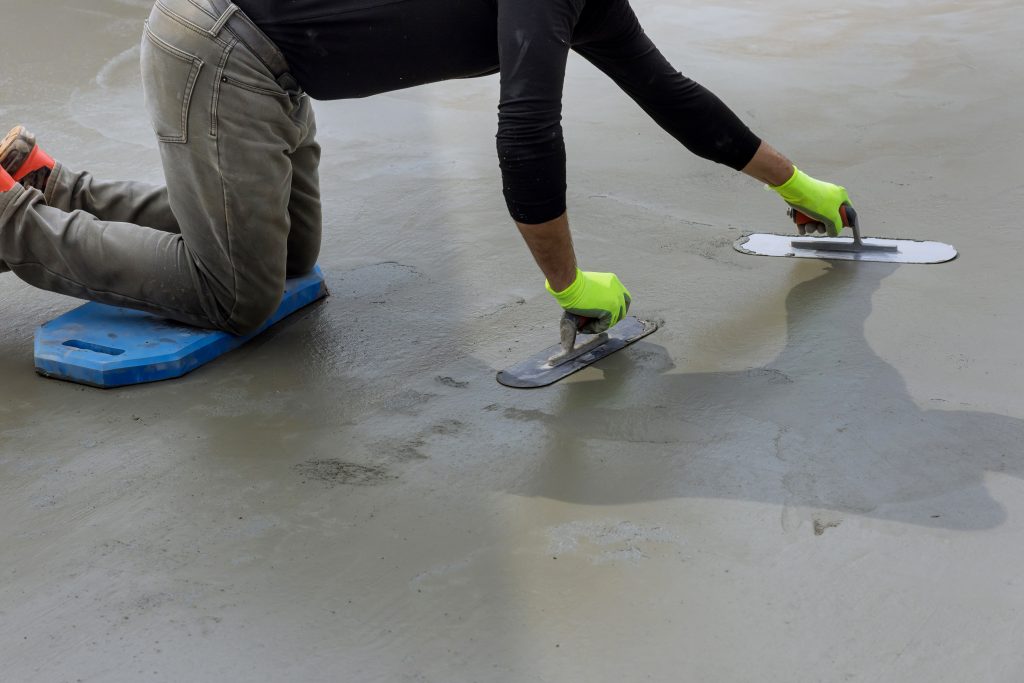Foundation cracks can be a source of concern for any homeowner, signaling potential issues with the structural integrity of the building. Varying in size and severity, these cracks can arise from a range of causes, including soil settlement, hydrostatic pressure, and natural shrinkage of concrete. It is essential to assess the nature of the crack to determine the appropriate course of action. While some hairline cracks might be a cosmetic issue, larger cracks can indicate a more serious problem necessitating professional intervention.
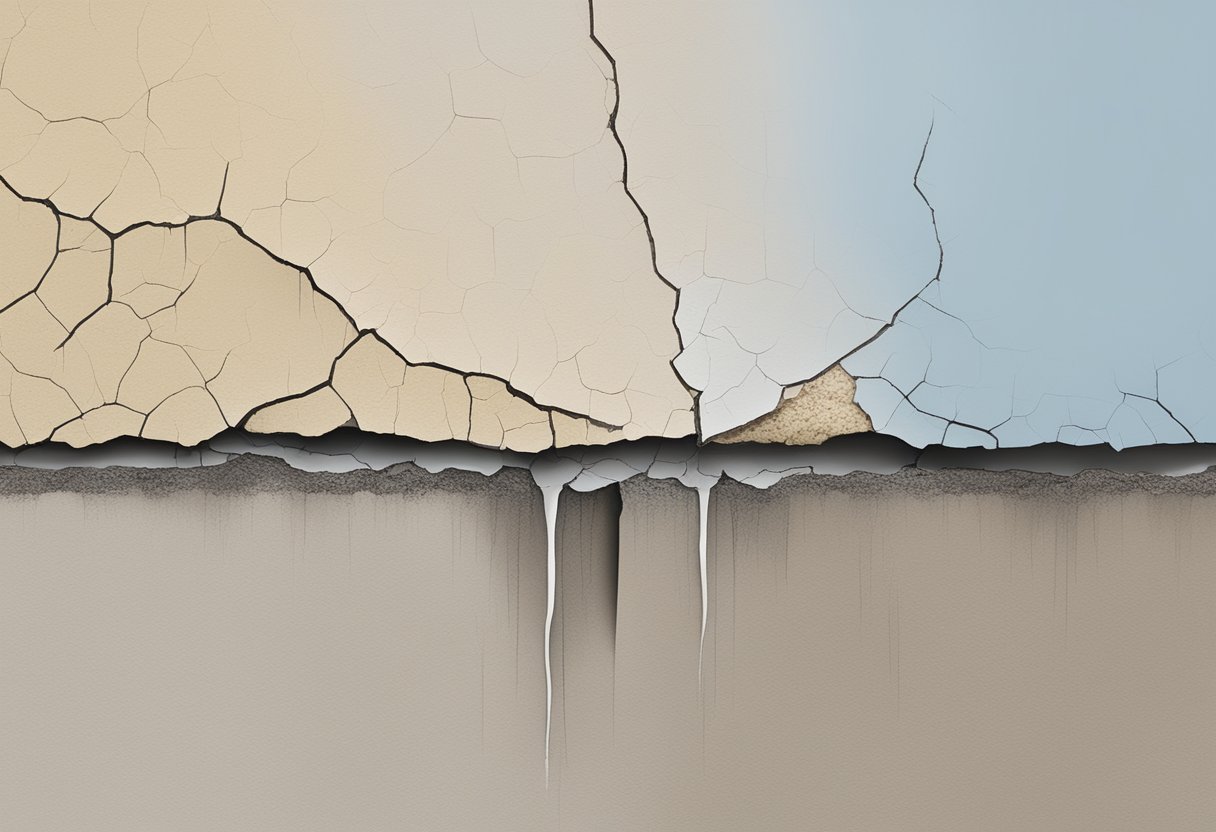
Approaching foundation crack repair requires a solid understanding of the underlying causes and the use of the right techniques for lasting solutions. Smaller, non-structural cracks may often be addressed with DIY methods such as epoxy or polyurethane injections, sealing, or using masonry patching compounds. For more significant structural concerns, the expertise of a foundation repair specialist is invaluable. These professionals can provide tailored solutions, which may include underpinning, piering, or extensive reinforcement to ensure the foundation’s stability and longevity.
When addressing foundation issues, timely action is key. Ignoring minor cracks can lead to more extensive damage over time, potentially compromising the safety of the building and leading to more costly repairs. Engaging with experienced and trusted local pros can make all the difference in safeguarding the building’s foundation, potentially saving homeowners from more significant expenses and ensuring peace of mind. Whether it’s a minor cosmetic fix or a serious structural repair, understanding the significance of foundation integrity is the first step in maintaining a robust and durable home.
Understanding Foundation Cracks
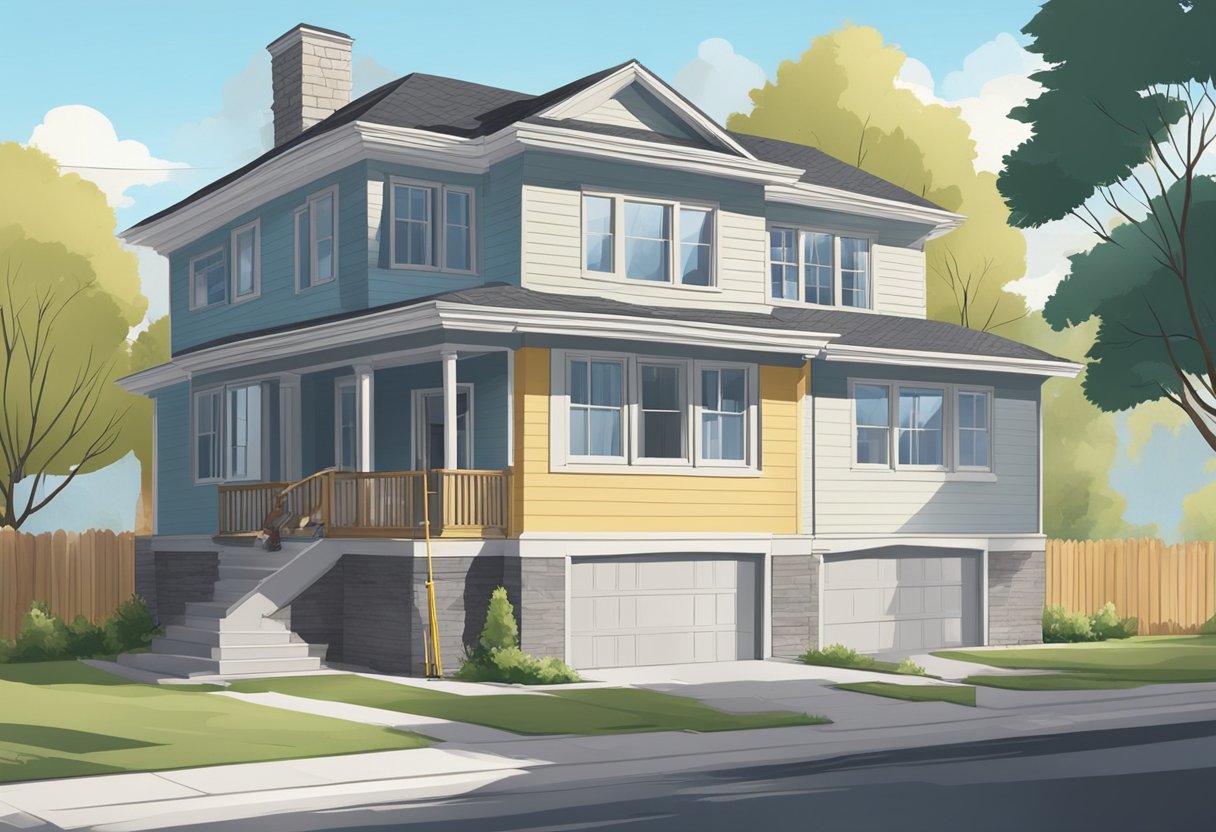
Assessing the integrity of a foundation is critical in maintaining a home’s structural health. Familiarizing oneself with the types of foundation cracks and their causes is the first step towards effective management and repair.
Identifying Types of Cracks
Cracks in a foundation can vary greatly, each with its own implications for the structure’s integrity. Hairline cracks are thin and often result from the natural curing process of concrete. They typically do not signal serious structural issues. Horizontal cracks, however, might indicate pressure from soil or water on the outside of the wall, potentially serious if they are not addressed. Vertical cracks are common as a house settles, and they can be easily repaired if they do not widen over time. Diagonal cracks, which commonly appear at corners, can be caused by differential settling of the foundation. Stair-step cracks tend to occur in masonry blocks or brick foundations and might suggest a more severe settlement issue. Lastly, shrinkage cracks occur as moisture evaporates from the concrete, which is normal but should be monitored to prevent water intrusion.
Common Causes of Cracks
The root causes of foundation cracks often involve environmental and structural factors. Soil shrinkage, swelling, and compaction can all exert pressure on foundation walls, often resulting in cracks. Additionally, structural cracks can occur due to subpar construction materials or methods, leading to weakness in the concrete. Non-structural cracks, while not indicative of immediate structural peril, can still allow moisture ingress and therefore necessitate repair to protect a home’s interior from water damage. Extreme weather conditions, such as drought and heavy rainfall, also contribute to foundational issues when they cause soil to contract or expand abruptly.
Identifying the nature of foundation cracks and understanding their causes is paramount for proper maintenance and timely repair.
Inspecting for Damage
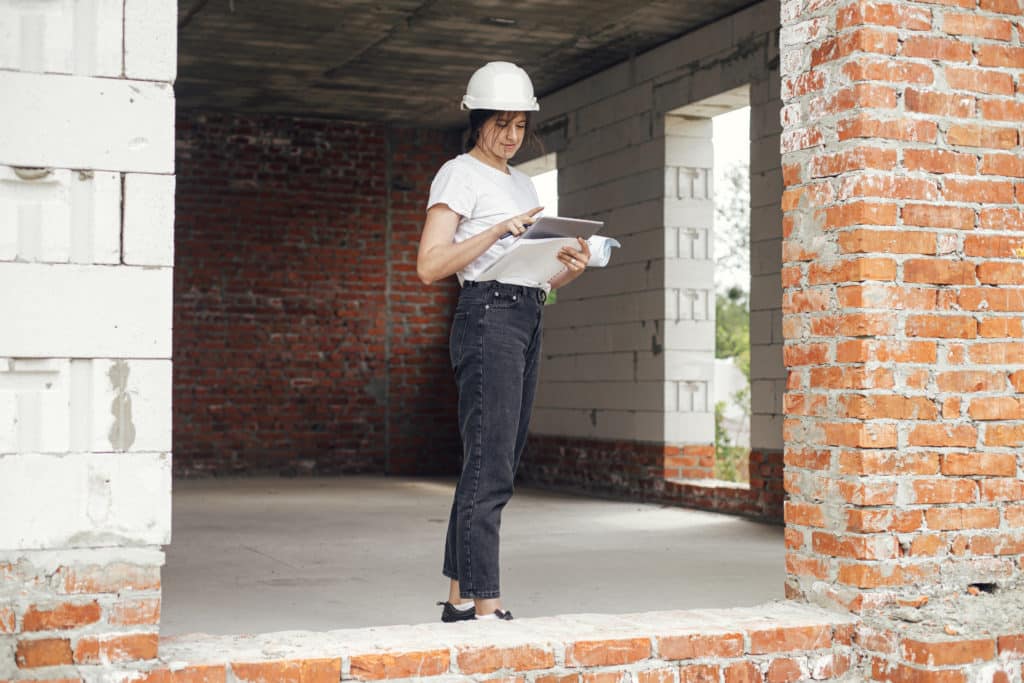
When assessing a home’s foundation, identifying signs of structural problems early can save significant time and money. Regular inspections can alert homeowners to the need for repairs before issues worsen.
Signs of Structural Problems
- Settlement & Differential Settlement: Even minor changes in the foundation can indicate settlement. Small cracks that appear suddenly and doors that start to jam or fail to latch could signal a change in the foundation’s levelness. Foundation settlement can become more significant if left unchecked.
- Crawlspace & Basement Concerns: Signs in these areas may include dampness, musty odors, or visible signs of mold. Look for any indications of displacement or bulging in the foundation walls. Structural issues in the crawlspace might point to wider problems that require attention.
When to Call a Structural Engineer
- Evaluation of Cracks: When homeowners notice foundation cracks, it is time to call a structural engineer if the cracks are wide (typically wider than 1/4 inch), increasing in width, or if they have a stair-step pattern in block or brick construction.
- Observing Displacement: If there is visible bulging, leaning, or displacement of foundation walls, the expertise of a structural engineer is valuable. They can conduct a thorough inspection to determine the extent and seriousness of the problem, distinguishing between cosmetic damage and structural failure.
Repair Techniques

In addressing the issue of foundational cracks, there are two main avenues for repair: Epoxy and Polyurethane Injections and the application of Sealants and Waterproofing. These methods are designed to not only provide a solution to the visible damage but also to prevent further deterioration.
Epoxy and Polyurethane Injections
Epoxy injections are a robust solution for cracks that may compromise the structural integrity of a foundation. The process involves sealing the crack with epoxy, allowing it to bond the concrete back together. This method is particularly effective for ensuring long-term stability. Injection ports are inserted along the crack through which the epoxy is administered, filling the entire space and sealing it from any water or other elements that could cause further damage.
Polyurethane injections, on the other hand, are utilized when flexibility is needed, especially in situations where the foundation may experience slight movements or shifts. Polyurethane material expands upon injection, making it suitable for sealing water-bearing cracks. This elastic characteristic allows the material to maintain a seal even when the crack moves slightly.
Sealants and Waterproofing
The use of sealants, such as hydraulic cement, grout, or concrete crack filler, is a common approach for less severe cracks where structural stability isn’t a concern. These materials plug the crack and can typically be applied from the interior or exterior. Caulk and paint may then be used to cover the repair aesthetically. Though this method may not be as enduring as epoxy, it can be an effective temporary solution or adequate for minor, non-structural deficiencies.
Waterproofing involves applying a coating or membrane to the foundation which can help resist water infiltration. It is frequently used in conjunction with other repair methods to ensure complete water resistance of the foundation. Waterproofing treatments can also prevent the egress of moisture, keeping basements and crawlspaces dryer, which is crucial for avoiding mold and other moisture-related complications.
Preventative Measures
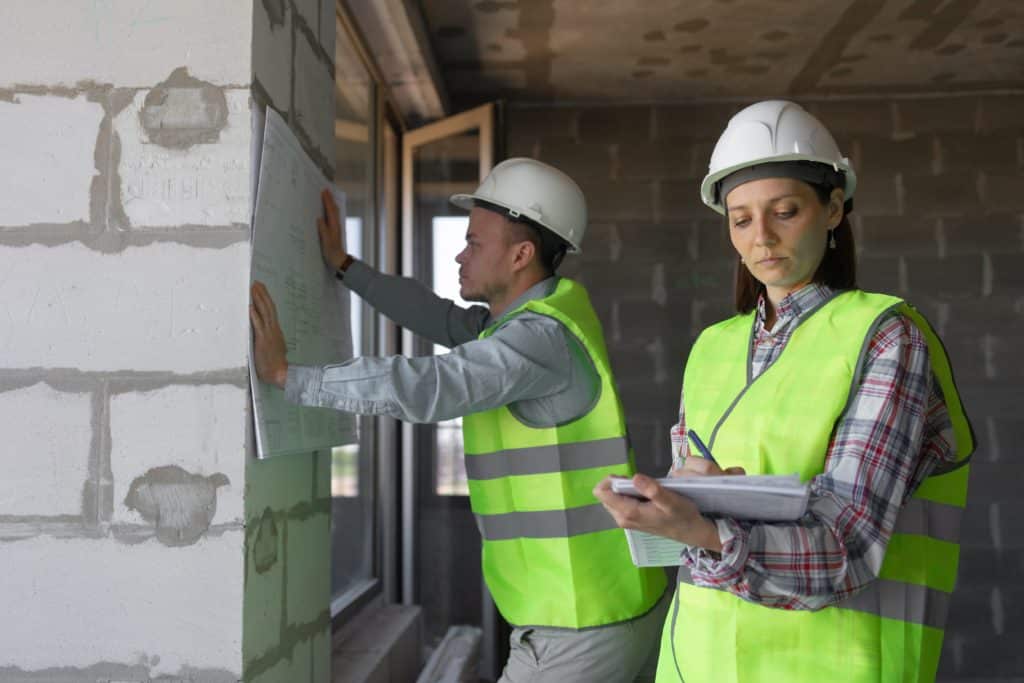
Preventative measures for foundation crack repair involve addressing issues before they escalate, focusing on water management and proper maintenance. Properly managing water and maintaining the area around a foundation are fundamental for its longevity and stability.
Improving Drainage and Waterproofing
Downspouts and gutters play a crucial role in water management. They should be regularly cleaned and inspected to ensure that water is directed away from the foundation, preventing water pressure build-up against foundation walls. It’s recommended to extend downspouts at least five feet from the base of the home. Additional waterproofing measures include the application of sealants on the exterior foundation walls, especially if the home is located in an area with heavy rain.
- Assess Downspouts: Ensure they extend far enough to direct rainwater away.
- Check Gutters: Clean twice a year and after major storms.
- Apply Sealants: Use to create a moisture barrier on exterior walls.
Proper Landscaping and Maintenance
When it comes to landscaping, it’s important to keep soil graded away from the foundation to prevent poor drainage. Plants should be spaced and selected based on their water needs and root growth patterns to prevent future issues with water intrusion or roots compromising the structural integrity. Regular maintenance checks will help identify potential problems early on, mitigating costly repairs.
- Grade Soil: Ensure a slope away from the foundation to combat poor drainage.
- Choose Plants Wisely: Opt for those with non-invasive roots.
- Routine Checks: Schedule inspections, particularly after heavy rain, to catch and rectify early signs of damage.
Effective preventive measures can mitigate the risks associated with water damage, preserving the foundation’s integrity over time.
Professional Repair and Maintenance
When dealing with foundation repairs, it is paramount to select a method backed by professional expertise and to engage in maintenance that ensures the longevity of the structure. A systematic approach to repair and the vigilant upkeep can prevent further damage and maintain the structural integrity of a home.
Choosing the Right Repair Method
Foundation repair methods vary greatly and depend on the specific problem at hand. For cracks that are simply cosmetic, a professional might just use sealant for a quick fix. In contrast, structural cracks caused by tension in the foundation might require piering or underpinning, which involves using steel or concrete supports to stabilize the foundation. The National Association of Home Builders (NAHB) provides guidelines on various construction procedures that can help homeowners understand standards in repair methods.
Long-Term Maintenance and Monitoring
Maintenance is a crucial follow-up to any repair work. Professionals should review the foundation periodically to monitor the effectiveness of repairs and to identify new issues before they escalate. Homeowners can take preventive measures such as maintaining consistent moisture levels around the foundation, which is critical to avoiding soil expansion and contraction that might cause tension in the foundation. Documenting changes over time can assist in early detection and allow repair professionals to address issues promptly.

 CALL US NOW
CALL US NOW